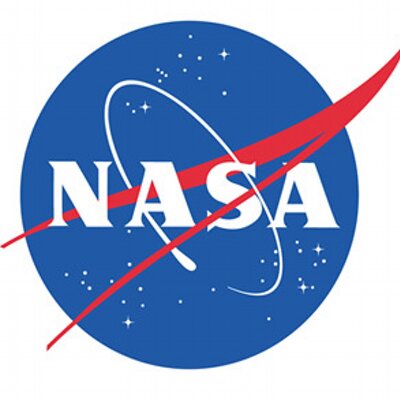NASA outlines its strategy for manned mission to Mars in 2031
 London, Nov 29: NASA has outlined a strategy for a manned mission to Mars, which would most probably take place in 2031.
London, Nov 29: NASA has outlined a strategy for a manned mission to Mars, which would most probably take place in 2031.
After President George W Bush launched a programme in 2004 for returning humans to the moon by 2020, speculation was rife about the possibilities of sending a manned crew to Mars as well.
According to NASA's new plan, a minimal crew would be dispatched to the Red Planet in a 400,000kg (880,000lb) spacecraft on a 30 month round trip.
The "Mars ship" would be assembled in low-Earth orbit using three to four Ares V rockets - the new heavy-lift launch vehicle that NASA has been developing.
Notionally dispatched in February 2031, the mission's journey from Earth to Mars would take six to seven months in a spacecraft powered by an advanced cryogenic fuel propulsion system.
The cargo lander and surface habitat would be sent to Mars separately, launched before the crew in December 2028 and January 2029, reports BBC News.
Once there, astronauts could spend up to 16 months on the Martian surface, and would use nuclear energy to power their habitat.
But the report says that many challenges remain for ensuring safe passage for the crew.
NASA needs to come up with solutions for effectively protecting the astronauts from the high levels of cosmic radiation they will be exposed to in deep space and on the surface of Mars. They will also need medical equipment for the diagnosis and treatment of illnesses or injuries.
The document also points out that options for aborting the mission or furnishing the crew with new supplies would be extremely limited.
The difficulties of re-supply mean the astronauts would have to be remarkably self-sufficient. In fact, they would need to be well-versed in the maintenance and repair of equipment and perhaps even able to manufacture new parts.
The spacecraft itself would be equipped with so-called "closed-loop" life support systems, in which air and water would be recycled.
Also, plants would be grown onboard to feed the crew and contribute to the "psychological health" of the astronauts.
NASA proposes using the Moon as a testing ground for many of these new systems. (ANI)